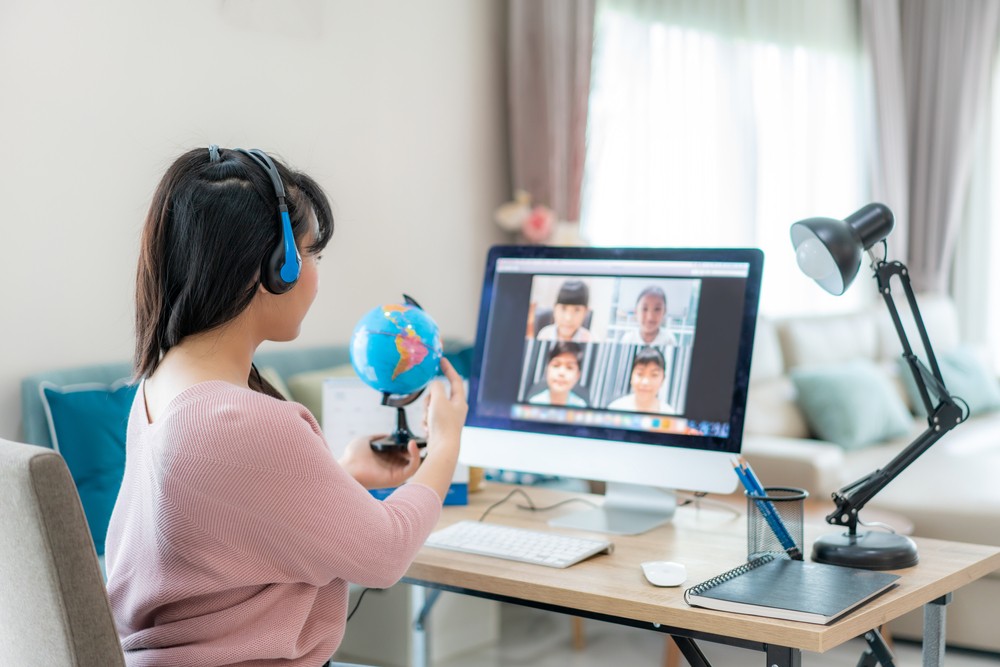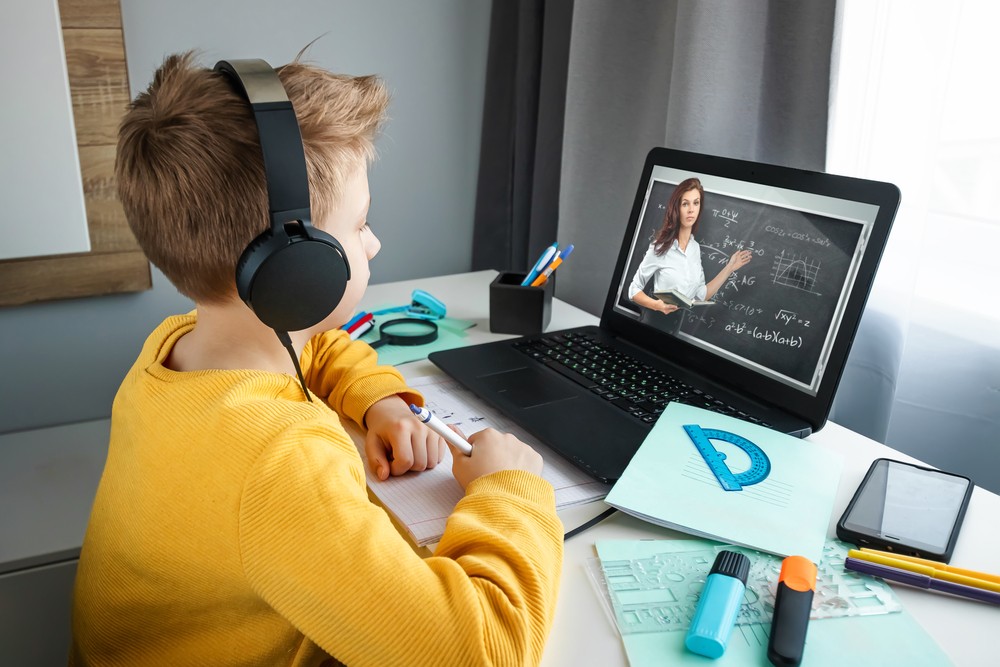Whether you are using video conferencing or teaching in a classroom, the challenge remains the same. How do you create effective, engaging teaching strategies where students will pay attention? While every tutor can (and should) be free to create their lessons, tuition centre administrators can help the process along with a few guidelines for online teaching strategies that are sure to raise lesson standards across the board.
Useful online teaching strategies
Here are some tips for creating effective online teaching strategies for classes when using video conferencing.
Administrators should prepare for class in advance
A key component of online teaching strategies is preparation. When using technology of any kind, it is usually best to prepare in advance before the class starts. Ensure there is a tech administrator on hand to test and make sure everything is working fine before the session begins.
This ensures that tutors don’t have to waste time dealing with unexpected technical hurdles. Furthermore, tutors will have more time to prepare their lessons. Encourage them to prepare teaching material in advance so that it can be accessible to students in different formats (Canva is a great tool for presenting learning material.)
Preparing lessons in advance creates two benefits: One, students can prepare for the lesson in advance. Two, it allows students to access material if they are dealing with any technical issues from their location. Preparation is key for a successful lesson, and implementing some of these strategies will go a long way in creating better quality learning sessions.
Tutors should set up a problem-solving session
If tutors plan to use videoconferencing for the sole purpose of providing information, then it is best to create a video with times bookmarked. However, for video conferencing, some of the most effective online teaching strategies are based on collaboration and problem resolution. With this in mind, it is important to encourage tutors to set up goal-oriented study sessions.
Some of the more interesting and dynamic lessons arise when students get problems or challenges to solve. Encourage tutors to design lessons where students are allowed to have group discussions and solve a problem. Tutors should act as mediators to identify gaps and flag misconceptions.
Of course, students should get guidance on what needs to be done, and the best way to go about it. For this reason, tutors provide examples or model answers that would act as a framework to guide answer creation.
Along with model answers, assignments should be given to complete at home. However, this should not be seen as a conventional homework exercise! The collaborative aspect remains important here. Students should be allowed to present their information, ask questions about the answers presented, and allow their peers to answer these questions.
If you notice, we are baking collaboration and communication into lessons. These are effective online learning strategies because it provides two key benefits: In the short-run, it creates more engaging lessons for students. However, in the long-run, it develops soft skills, like communication and problem-solving, which is important for success in the workplace. Furthermore, with this method, you are making the most out of videoconferencing technologies.
While there is room for other forms of teaching (for example, lectures), such teaching formats wouldn’t be the best use of videoconferencing. This is because videoconferencing should be a tool that allows us to replicate a classroom environment at a time when social distancing does not permit large groups to converge in one place.
Tutors should set ground rules
However, it should also be important to set ground rules as part of the repertoire of online teaching strategies. Make sure tutors are setting rules for behaviour during virtual classes. This is especially important for group sessions where certain personalities can dominate the conversation, leaving others behind. It also serves to minimise distractions. Establishing a code of conduct early on is effective because it establishes equitable behaviour amongst students.
Video conferencing in classes
Video conferencing is an effective teaching medium, but it is also important to keep in mind that it is just a medium. The technology alone does not guarantee high lesson quality. The best way to ensure that students are getting high-quality lessons through video conferencing is by creating effective online teaching strategies.
Check out our blog to learn more about online teaching strategies when using technology, like videoconferencing.





